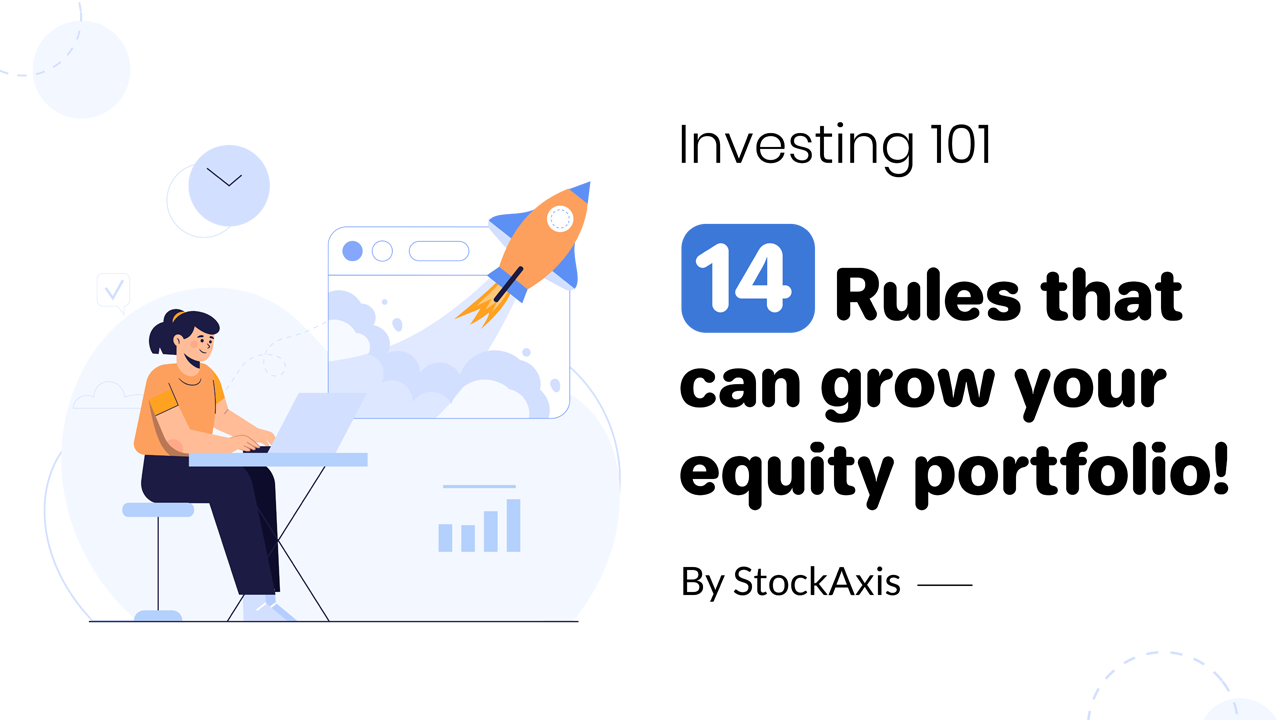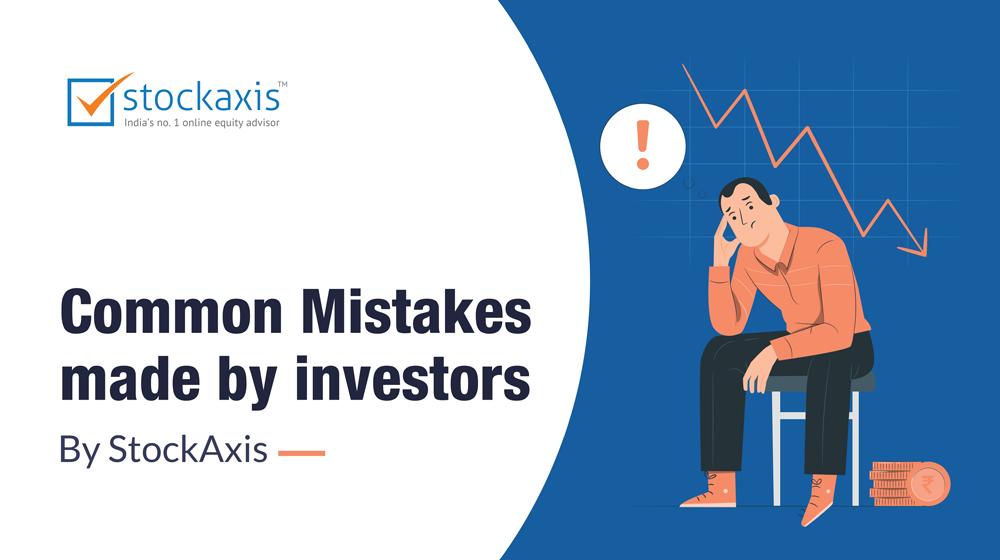Earnings: The Indispensable
Element Of Great Stocks
The seven lessons in this course explain the characteristics of successful stocks and the forces that push them up. These lessons explain specific traits to look for when buying stocks.
1.1 - The Importance of Earnings
For any businessman, the rate at which he can increase his earnings or profits is a very important indicator of the success of his business. Similarly, in case of a company, the rate at which its earnings can increase over time is a key indicator of the potential of its shares to increase in value.
In this lesson, you'll learn how to find companies with the best earnings growth and avoid some pitfalls that trick many investors.
1.2 - What are Earnings?
Earnings, also called net profits or net income, are what a company makes after paying all its expenses, including taxes. Companies usually calculate their earnings every quarter - March, June, September and December – and then publish their annual accounts at the end of the year, which shows the earnings of the entire year.
1.3 - What is ‘Earnings per Share’?
Earnings per Share (EPS) is calculated by dividing the net profits earned by the company during the year (after paying all expenses and taxes) by the total number of equity shares issued by the company. For example, if a company has earned net profits of ₹100 crores during the year and has issued 1 crore equity shares, its EPS for the year will be ₹100 (₹100 crores / 1 crore). The EPS is most relevant for equity investors.
1.4 - Rate of Increase in Earnings/Profits is Important
Most of us have often regretted missing a great investment opportunity in spite of seeing the company, or its product or service becoming a household name, which, in turn, resulted in its share price zooming up.
A decade of comprehensive research covering fundamental and technical analysis of the greatest stock market winners - stocks that doubled, tripled, and went up even more – showed that there are 7 common characteristics among the big winners with earnings growth being the most important factor. (The other winning factors from the study are discussed in subsequent course lessons.)
In case of 3 out of 4 companies, average earnings increased by 70% or more in the quarter immediately after which their stock prices started spiraling up.
Earnings of 75% of these top-performing companies grew over 5 years before their stock prices started rising.
1.5 - Acceleration (rate of growth in earnings) is also Important
Acceleration is an increase in the earnings/profits growth rate every quarter. Earnings of top-performing companies accelerate over the previous three or four quarters. When such companies catch the attention of professional/institutional investors, their stock prices spiral upwards.
(For a detailed description of the importance of institutional investors, see "Sponsorship: Catching The Stocks The Pros Are Buying.")
1.6 - Here are 3 key factors that you must look for
At least 25% growth in quarterly earnings-per-share over same quarter in the previous year; for example, compare profits in quarter ended 31 March 2017 with profits in quarter ended 31 March 2016.
Earnings accelerating/growing in the three most recent quarters; for example, earnings growing in quarters ended 31 March 2017, 30 June 2017 and 30 September 2017.
Earnings per share (EPS) for the year having increased by at least 25% of the past 3 years; for example, EPS for the year ended 31 March 2017 having increase by at least 25% of EPS of years ended 31 March 2016, 2015 and 2015. Remember 25% is the least you should look for; ideally higher the EPS growth, more attractive the stock – 100%, 200% or even more. Strong companies with good management teams, innovative products and leadership in their industries boast the best earnings and reflect the best investing potential.
1.7 - The P/E ratio
Now that we have understood the importance of EPS, let’s link this to the market price of the company’s equity share. This will help us judge whether the company’s stock is expensive or available at a reasonable price. P/E stands for Price/Earning. The P/E ratio is the market price of the company’s share divided by its EPS. For example, a stock quoted at ₹ 50 a share with EPS of ₹5 has a P/E ratio of 10. In other words, the stock is selling at 10 times its annual earnings. You must compare the P/E ratio of the stock with the average P/E ratio of the industry the company is a part of. For instance, if the company is a pharma stock quoting at a P/E of 25 while the average P/E of the pharma industry is 35, the company’s stock could be available at a reasonable price. However, you must consider the P/E ratio along with other factors before making your investment decision. For instance, if the company does not have good growth prospects, then it may not make sense to invest in the company’s stock even at a low P/E ratio.
1.8 - Evaluating Earnings
Assessing the performance of more than 5,000 companies listed on the stock exchange needs time, research skills and a team of experts to analyse loads of data. Besides, this is an on-going exercise where you need to continuously study the quarterly performance of all these companies in order to locate winning stocks.
stockaxis.com compares the earnings performance of all the traded stocks on the National Stock Exchange (NSE) and the Bombay Stock Exchange (BSE) using its proprietary Rating System. The Fundamental Rating measures each stock on a scale of 1 to 99 (99 being best) for a quick assessment. A Fundamental rating of 80 means that stock is outperforming 80% of all other stocks based on earnings growth. Seen another way, a stock with an Fundamental Rating of 80 is in the top 20% of all stocks in terms of recent quarterly and annual earnings growth.
Our research shows that the stocks that make powerful gains usually have an Fundamental Rating of 85 or higher.
Our proprietary Fundamental Ratings System (FRS) includes not only earnings growth but a number of other important factors such as sales growth, return on equity, profit margins, industry vitality and a stock's price performance. The top 100 stocks that come up in the FRS are then analyzed and the 'top 50 stocks pick ' are presented to you in the market analysis section. Invest in these stocks to grow your wealth.
(Subsequent lessons will go into detail about each of these factors.)
1.9 - Myths about earnings
Myth: You should buy stocks with low P/E ratios.
Conventional wisdom says stocks with higher P/E ratios are overpriced and should be avoided. But the truth is that the best stocks (stocks with high growth in earnings) often have high — some would say ridiculous — P/E ratios when they start their big climbs. And they continue having high P/Es throughout their advances. Some of the best performing stocks in history seemed to be 'overpriced' before their biggest price moves.






 Welcoming 2026
Welcoming 2026 